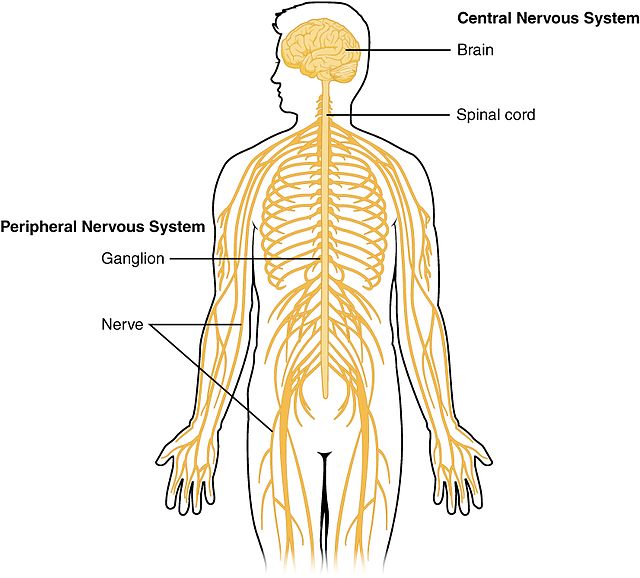The nervous system is designed to keep us safe, scanning our environment for signs of danger and helping us respond. However, when we’ve endured significant stress or trauma, this system can become overly sensitive, making it hard to move through life with ease. Understanding the different “states” of the nervous system can be the first step to reclaiming a sense of calm and safety in the world. Green, Red, and Blue: Three Key Nervous System States Green (Connected & Calm) When you’re in the Green zone, you feel grounded, open, and connected to the present. You can handle challenges without feeling overwhelmed, engage in meaningful conversations, and experience genuine relaxation. This is often described as the “rest and digest” state, where your body feels safe enough to focus on growth and restoration. Red (Fight or Flight) In the Red zone, you might feel anxious, on edge, or ready to react at the slightest threat—real or perceived. For some, your heart races, your muscles tense, and your breathing becomes shallow or rapid. While this state is crucial for moments of genuine danger, staying in it too often can lead to chronic stress, irritability, or even panic attacks. Blue (Freeze or Shut Down) The Blue zone typically appears when your system becomes so overwhelmed that it decides to “power off.” This an automatic reaction designed to protect you. You may feel numb, detached, or hopeless. This could show up as low energy, difficulty speaking up, or a sense that you’re emotionally checked out. While it can protect you in dire situations, lingering in the Blue zone makes it hard to fully engage with life. (Note: Some people also use the term “functional freeze” to describe a mild version of shut down. You might still go about your day, but you feel disconnected or distant from your emotions.) Holistic Practices for Calming the Nervous System The following techniques are designed to help shift you from Red or Blue states back toward Green. They can also deepen your sense of calm if you’re already feeling centered. 1. Grounding Through the Senses Exercise: Name five things you can see, four you can touch, three you can hear, two you can smell, and one you can taste (or just appreciate the taste in your mouth). This gentle reconnection with the present can coax your body back to a calmer zone. 2. Breathwork Breathing: Inhale for a count of four, hold for seven, exhale for eight. This helps slow your heart rate and signal safety to your brain. Box Breathing: Inhale for four counts, hold for four, exhale for four, and pause for four. Repeat. This method steadies the rhythm of your breath. 3. Gentle Movement Butterfly Hug: Cross your arms over your chest, resting your hands on your upper arms. Alternate tapping (left-right-left-right). This rhythmic motion can calm your system and invite a sense of safety. Yoga or Stretching: Focus on slow, mindful movements. Even a few cat-cow stretches can help shift your body out of tension. 4. Mindful Touch & Self-Massage Rub your hands together to create warmth, then gently place them on your chest or back of your neck. Let the soothing heat and pressure relax tense muscles. 5. Expressive Outlets Humming or Singing: Stimulates the vagus nerve, associated with feelings of safety and social engagement. Art or Journaling: Use color, doodles, or free writing to express what’s brewing under the surface. Sometimes words fall short, but creativity can help release pent-up emotions. 6. Visualizations Safe/Peaceful Place Imagery: Close your eyes and imagine a scene—real or imagined—where you feel completely secure. Engage all your senses in this mental picture, noticing the sights, sounds, and smells that enhance your sense of well-being. A Note on Professional Support These strategies can be powerful tools for self-soothing and building a resilient nervous system. However, if you find yourself constantly in the Red or Blue zones, or if these practices feel too overwhelming, it may be time to seek professional help. A trauma-informed therapist, counselor, or another qualified mental health professional can offer personalized guidance and deeper support. Remember, you don’t have to do this alone. Disclaimer: This information is for educational purposes only and is not a substitute for professional medical or mental health advice. If you have concerns about your well-being, please reach out to a licensed therapist or healthcare provider.




